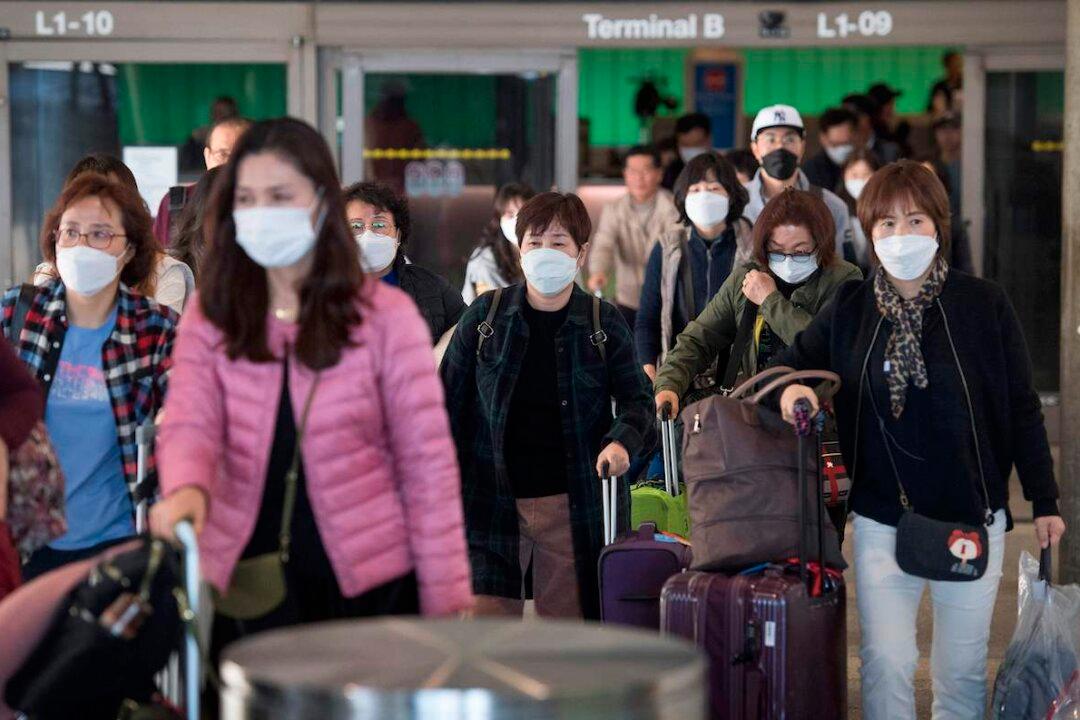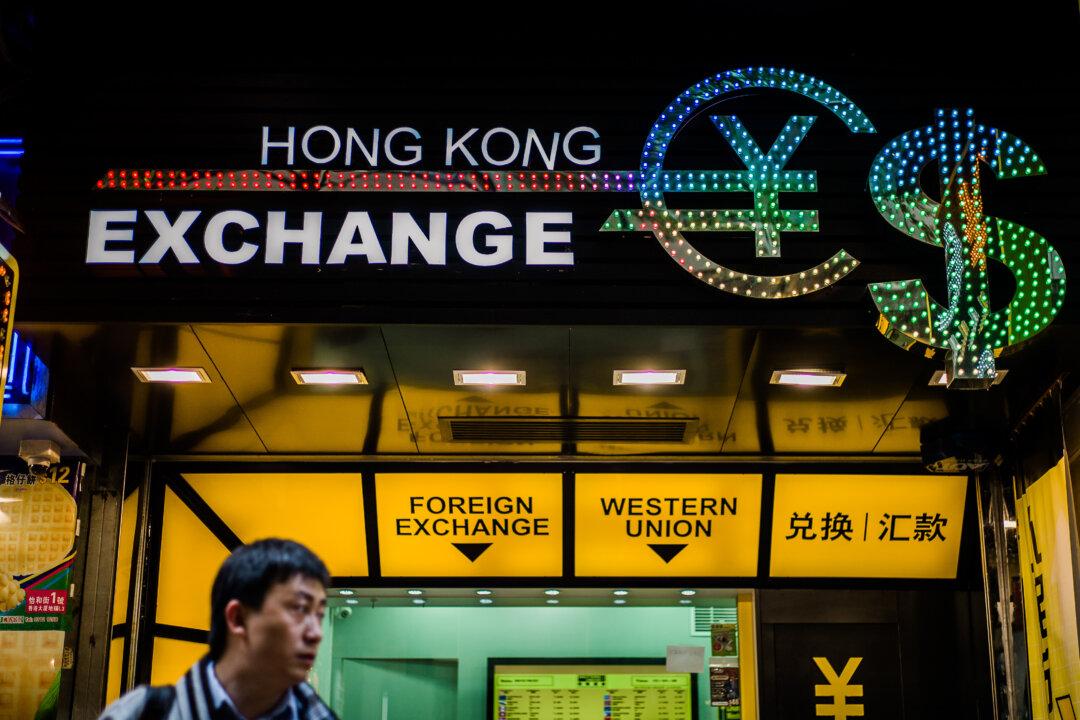Chinese nationals left their homeland in droves in 2023, and the exodus continues despite Western countries enforcing stricter immigration policies.
Rùn (潤), a buzzword on the Chinese internet in recent years that harmonizes with the English word “run,” symbolizes the growing sentiment to leave China.





